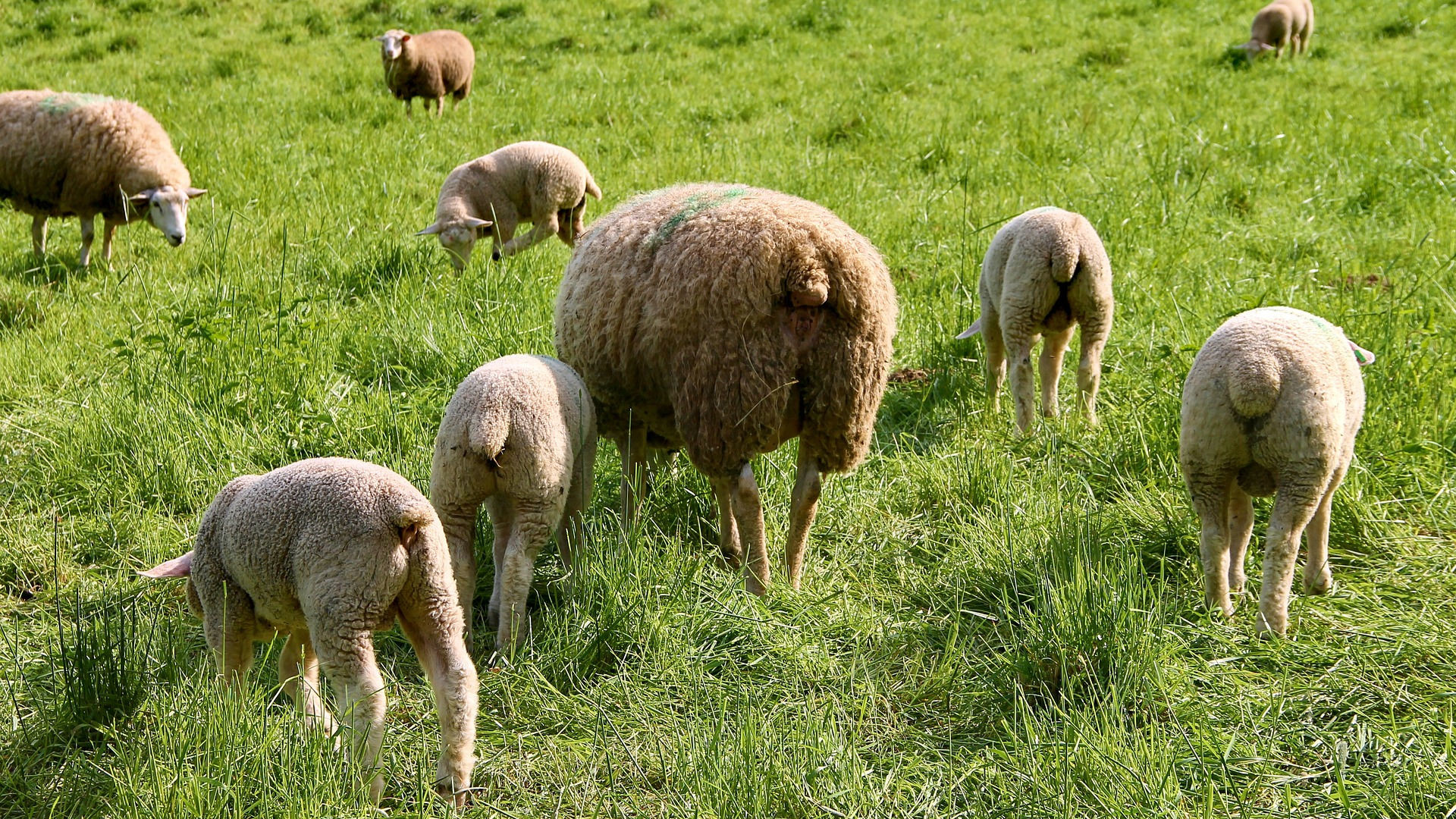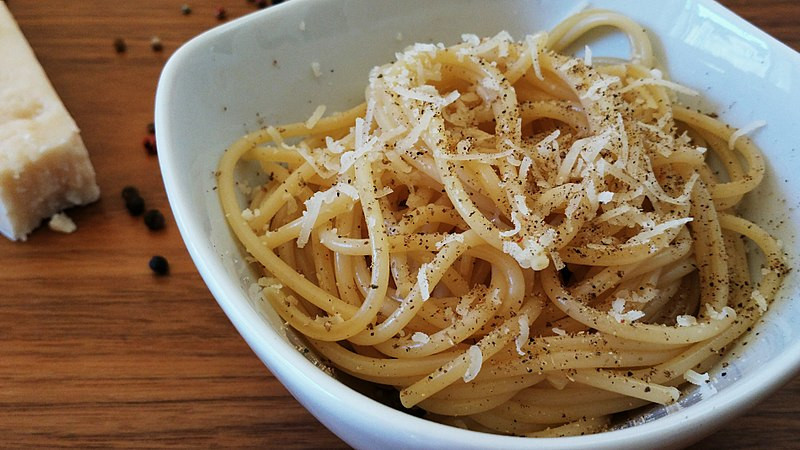An old tradition tells that
Cacio e Pepe (literally “cheese and pepper”) is a dish deeply grounded in Roman history, rooted in the ancient lifestyle and in the simplicity imposed by the itinerant lifestyle of shepherds.
The traditional story of Cacio e PepeSince well before the times of the ancient Romans to this day, sheep roam the Apennines mountains during the spring and summer months. In the past, their keepers camped alongside – and sometimes they still do, although most of the time today they use more comfortable shelters: alpine refuges, mountain lodges, summer houses...
Grandparents in
central Italy say that Cacio e Pepe was born up in the mountain, created by the shepherds. With months of camping in the mountains ahead of them, they travelled light and had few ingredients at disposal: what they brought with them and what they got from their herds and from the mountains. This is how Cacio e Pepe was born, with
three simple ingredients: homemade dried pasta, pecorino cheese, and black pepper. Portable ingredients that did not spoil easily.

As the shepherds walked with the sheep and collected their milk, they would make cheese daily: pecorino cheese, to preserve the milk and to sell the product once back from the solitary life of the mountains. In the evening when the sheep began to settle and the sun began to set, the shepherds would set up camp. They would bring the water to a boil, cooking the pasta over an open fire. Then, they would grate the cheese into a separate bowl along with ground black pepper, and once the pasta was ready, adding a few spoons of the starchy pasta water and would help mixing grated pecorino and creating a creamy sauce. A tasty and substantial meal to enjoy beneath the stars.
Minimalism and its variationsWe side with the majority who believe that this version is genuine. We do it not because there are many food historians who support it with data and historical reconstructions, but because it is Granma and Granpa who told it to us.
Be this story true or not, Cacio e Pepe definitely takes food
minimalism to a whole new level. Around the world, many modifications have been conceived, such as adding cream, butter or olive oil, but the dish’ taste is at its most in its traditional simplicity. The creamy sauce is a perfect combination of starch (from the pasta water) and pecorino cheese. With a bit of pepper and extra cheese for garnish, there is no need for anything else. The fresher and higher quality the ingredients, the richer the dish will taste.
 Cacio e Pepe in Rome or at home
Cacio e Pepe in Rome or at homeEven Italians go to Rome to taste “
the real thing”. If you are in the capital of Italy, don’t miss out on a good dish of Cacio e pepe, served in almost every restaurant in the ancient city.
Many itineraries on the
Walking Palates food tour in Rome serve the dish and allow you to learn more about Cacio e pepe as you give it a try, but if you want to make sure to give it a try while on our Walking Food Tour make sure to
contact us beforehand.
If you’d like to try making it at home, check the recipe.

